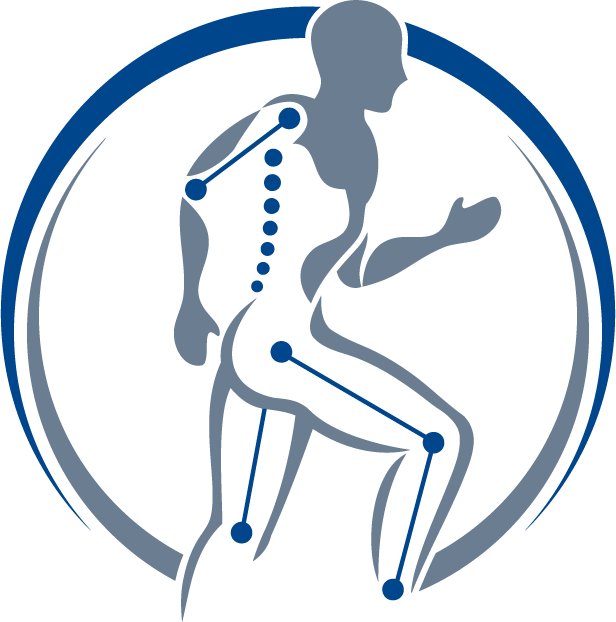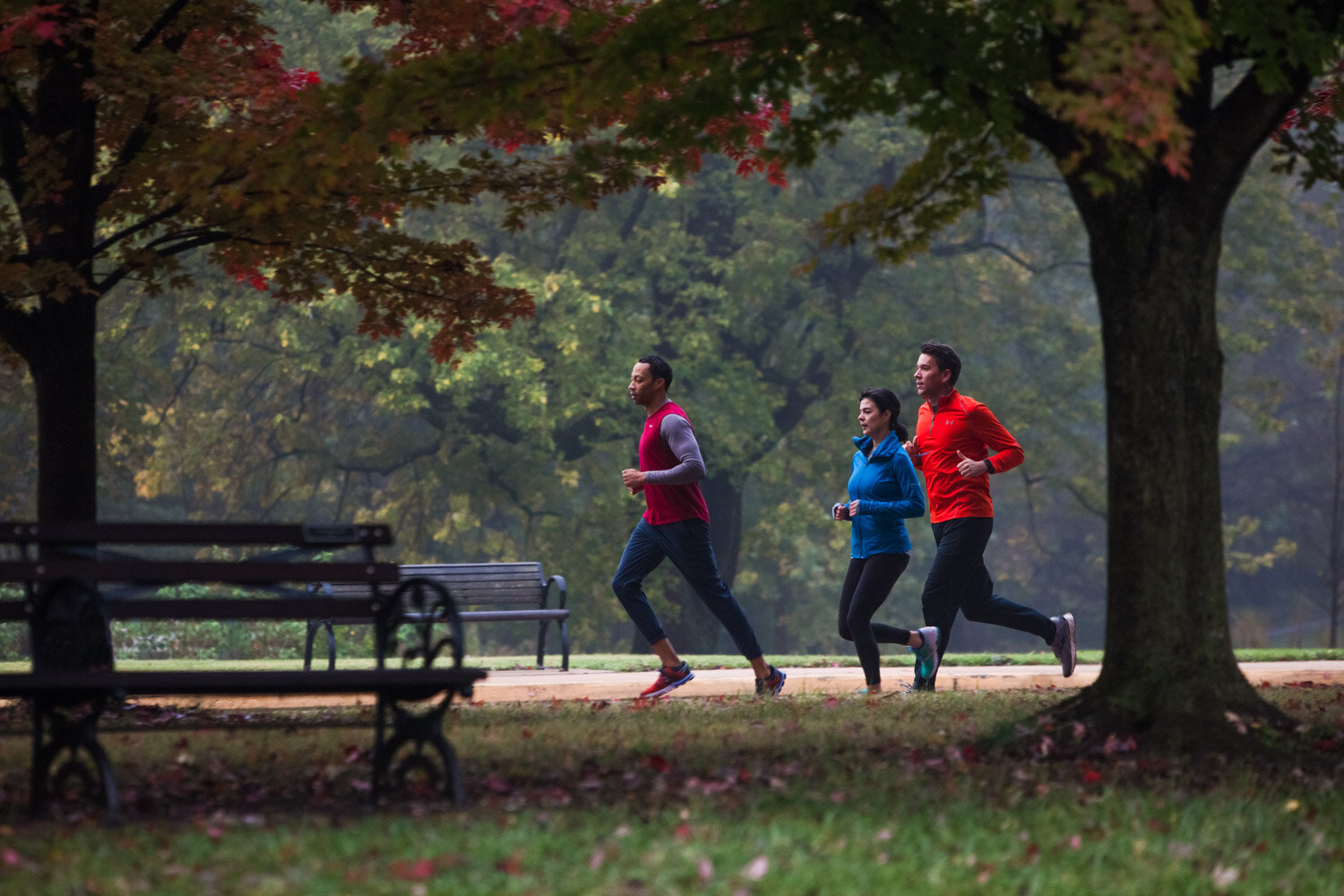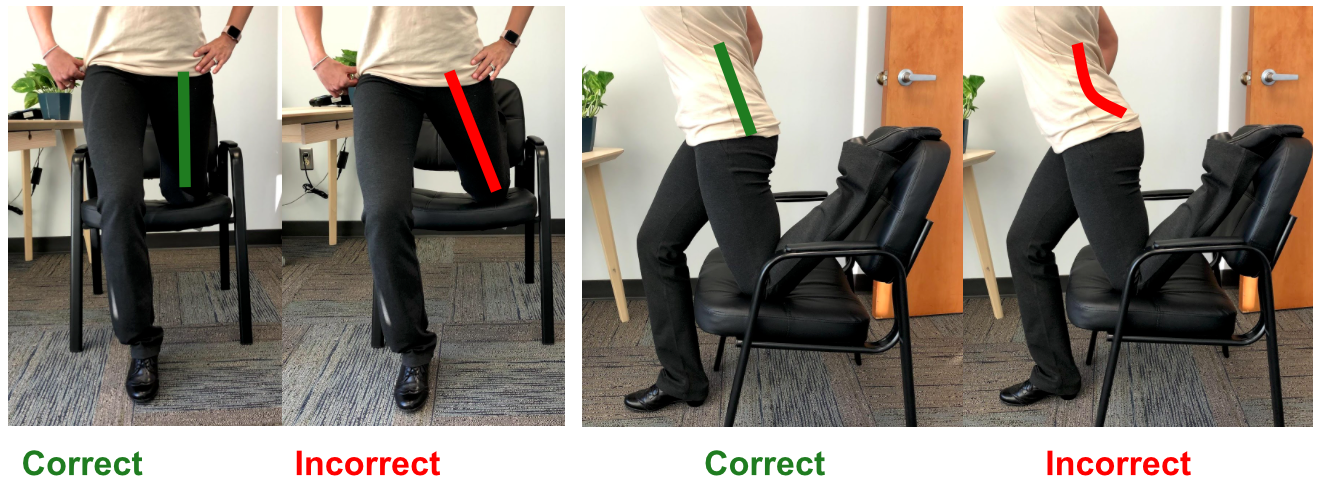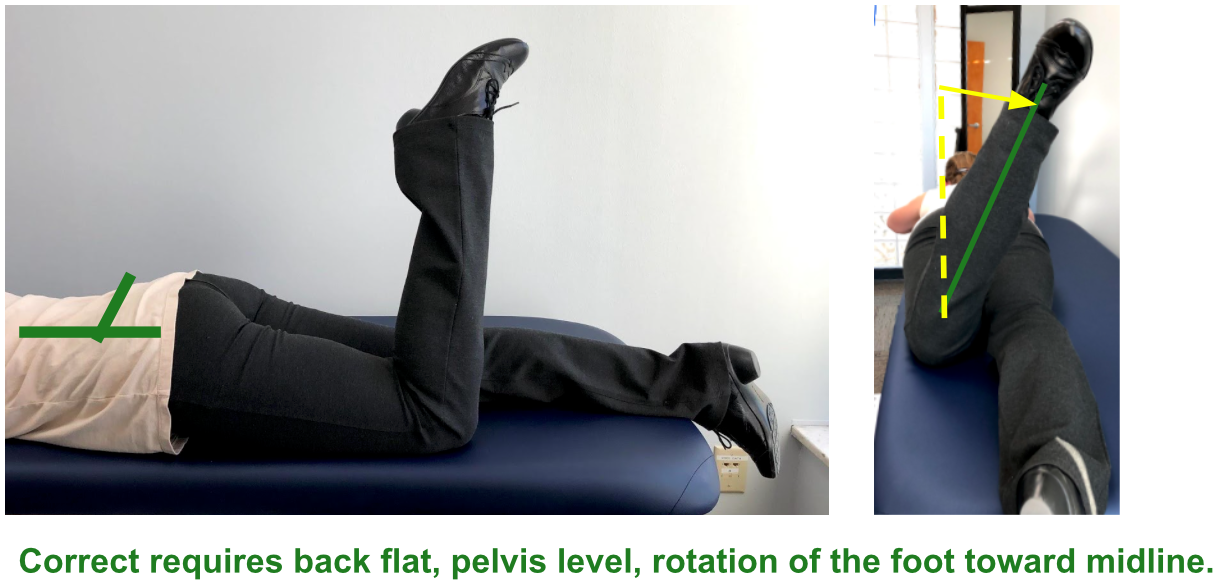Runners: ITB ‘Stretching’ mistakes and 3 ways to fix it!
Iliotibial band (ITB) insertion pain is a common complaint among runners. While not a serious injury, it is almost impossible to continue training when this pain presents. Most often, ITB pain in runners is associated with weak gluteals, resulting in overuse of the Tensor Fasciae Latae (TFL), a hip flexor.
The TFL is a muscle that connects the top of your pelvis to your knee, via the ITB. The ITB is a fascial band of tissue that does not stretch like a muscle. Because it is not a contractile tissue, when this band is ‘tight,” it is actually the pull of the TFL (or the gluteal). Remedies like foam rolling can assist some people to relax the muscles attaching to the ITB and possibly help to promote tissue mobility. However, soft tissue mobilization to the ITB alone is not sufficient to prevent this problem from re-surfacing. We have to recognize that the root cause of this issue is often over work of some muscles, and weakness in others - creating an imbalance.
When the gluteals are weak and do not work well enough, the body uses other muscles to compensate. The body often uses the TFL to compensate for the gluteus medius, which is also a hip abductor. While both the gluteals and TFL attach into the ITB, ITB insertion pain in runners it is almost always an issue with TFL over use and gluteal underuse.
We have discussed in previous blogs the importance of gluteal strength to address running gait compensations due to gluteal weakness. However, we have not discussed proper ITB stretching. Below I have provided examples of how to stretch the TFL/ ITB (with good and poor form), as well as common internet ITB stretches that do not stretch the TFL.
Common stretches on the internet for the ITB that DO NOT stretch the TFL, and therefore are not recommended for this specific injury in runners.
If your ITB is already irritated or inflamed, stretching may be too painful. If your knee is painful you should contact your local physical therapist to be guided through a gentle stretching/ strengthening program that allows for tissue healing. As with all exercises you find online, you should never do a stretch that causes you any pain at all.
- Ann Crowe, PT, DPT, MS
This blog is not intended as medical or professional advice. The information provided is for educational purposes only and is not intended to serve as medical or physical therapy advice to any individual. Any exercise has potential to cause injury or pain if it is incorrectly done or is not the right exercise for an individual’s medical or physical problems. You should consult with a physical therapist or medical provider for individualized advice.





